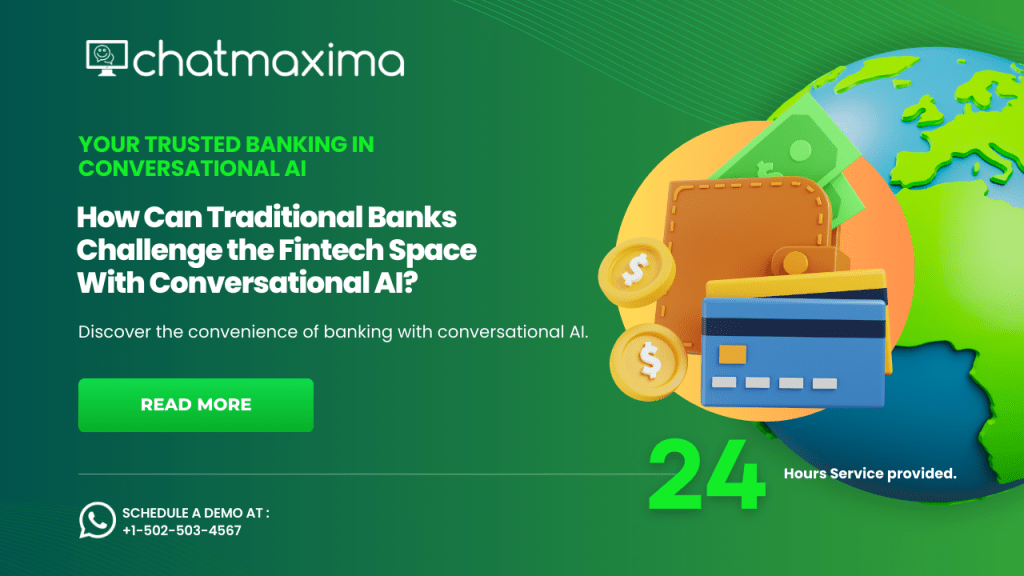As artificial intelligence becomes increasingly embedded in daily operations across industries, terms like “AI Agent” and “Agentic AI” are rapidly gaining visibility. For businesses and beginners stepping into AI-driven platforms like ChatMaxima, understanding the differences between these terms isn’t just a matter of semantics—it’s key to choosing the right capabilities for customer engagement, automation, and growth.
What Is an AI Agent?
An AI Agent is a software program designed to autonomously carry out specific tasks. These tasks are typically well-defined, rule-based, and structured, often supported by pre-trained machine learning models or automated workflows. AI Agents are task-oriented, meaning they are built to handle particular functions such as answering queries or filling out forms. They are reactive by nature, responding to user input or system triggers rather than taking initiative. Their behavior is predictable since they operate within defined logic or flowcharts, making them easier to control and monitor.
For example, a customer support chatbot on an e-commerce website that answers questions like “Where’s my order?” or “How do I return a product?” is a classic AI Agent. According to IBM, AI Agents play a critical role in IT automation, customer service, and workflow orchestration. They are most effective when goals are clearly defined and the context remains consistent.
What Is Agentic AI?
Agentic AI is a more advanced and flexible concept. It refers to AI systems with a higher level of autonomy, contextual awareness, and decision-making ability. These systems behave more like humans in real-world situations. Agentic AI is goal-driven. Instead of waiting for instructions, it can set and pursue its own objectives. It is proactive, initiating actions and adjusting behavior based on new inputs or evolving environments. With multi-step capabilities, Agentic AI can handle complex workflows and dynamic tasks that require planning and reasoning.
An example would be an AI that plans your entire business trip, rebooks flights, updates hotel reservations, and responds to delays. This goes beyond reactive help—it mirrors human-level initiative. UiPath and McKinsey describe Agentic AI as combining large language models such as GPT-4, automation platforms, and reasoning engines to complete complex tasks with minimal oversight. This marks a shift from AI as a passive tool to AI as an active collaborator.
AI Agent vs Agentic AI: A Side-by-Side Comparison
AI Agents typically operate with moderate autonomy and follow predefined rules, while Agentic AI initiates and adapts its actions independently. AI Agents are best suited for single or repetitive tasks, like support queries. Agentic AI, on the other hand, is capable of managing complex, multi-step goals such as project planning. In terms of adaptability, AI Agents struggle with unexpected inputs, whereas Agentic AI adjusts in real time based on changing scenarios. AI Agents may learn through limited feedback loops, but Agentic AI continues to learn and reason across broader contexts. The interaction style also differs—AI Agents are reactive and wait for commands, while Agentic AI proactively engages when needed. These insights are drawn from real-world deployments, discussions on Reddit Tech AI forums, and data from Ampcome.
Real-World Applications
AI Agents excel in use cases that are predictable and repetitive. In customer support, they provide fast responses to frequently asked questions. In lead generation, they engage website visitors and capture qualified leads. In personal productivity, they assist by scheduling meetings or sending reminders. Agentic AI performs best where adaptability and strategic thinking are essential. In business automation, it manages complex processes such as supply chain alerts or orchestrating multi-channel campaigns. In research and development, it explores new topics and compiles structured insights. In creative work, it designs graphics, composes music, or generates adaptive marketing content.
ChatMaxima: A Practical Example of Both
ChatMaxima blends the reliability of AI Agents with the evolving potential of Agentic AI. It offers a unified conversational marketing platform for businesses looking to automate interactions and scale intelligently. Its drag-and-drop chatbot builder, featured on GenAI.Works, allows users to create task-based workflows without writing code. These bots specialize in customer engagement, support ticketing, and lead conversion. Features like Live Chat + AI and Automated FAQs are strong examples of AI Agent use cases.
Agentic AI capabilities in ChatMaxima are currently under development, but several advanced features are already visible. Bots can now dynamically invoke APIs or functions based on real-time inputs. Multi-Context Processing (MCP) enables these bots to maintain understanding across sessions, threads, and communication channels. ChatMaxima bots can even switch context and adjust their tone and messaging style depending on the platform they are operating on, such as WhatsApp versus Instagram. This behavior marks a transition from passive support to proactive, decision-capable AI interactions.
Why This Distinction Matters for Beginners
For beginners exploring AI in business or SaaS environments, understanding the distinction is crucial. AI Agents are ideal for consistent, cost-effective automation that fulfills immediate operational needs. Agentic AI is better suited for long-term goals where flexibility, scalability, and intelligent reasoning are required. Platforms like ChatMaxima provide a practical starting point. You can begin with structured bots and progressively adopt more autonomous workflows as your business requirements and comfort with AI mature.
Final Thoughts and Looking Ahead
AI Agents and Agentic AI are not opposites—they represent different stages of evolution along the same spectrum. What we are seeing in today’s landscape is a growing trend toward platforms that support both approaches, allowing businesses to automate routine tasks while preparing for more adaptive, intelligent use cases in the future. The essential takeaway is this: AI Agents are built to solve the known problems of today, while Agentic AI is designed to tackle the unknown challenges of tomorrow. Choosing tools that support both modes helps businesses remain efficient in the present while staying ready for what’s next.



Helpful blog on AI! I saw another related post recently that might be a good addition to this conversation.